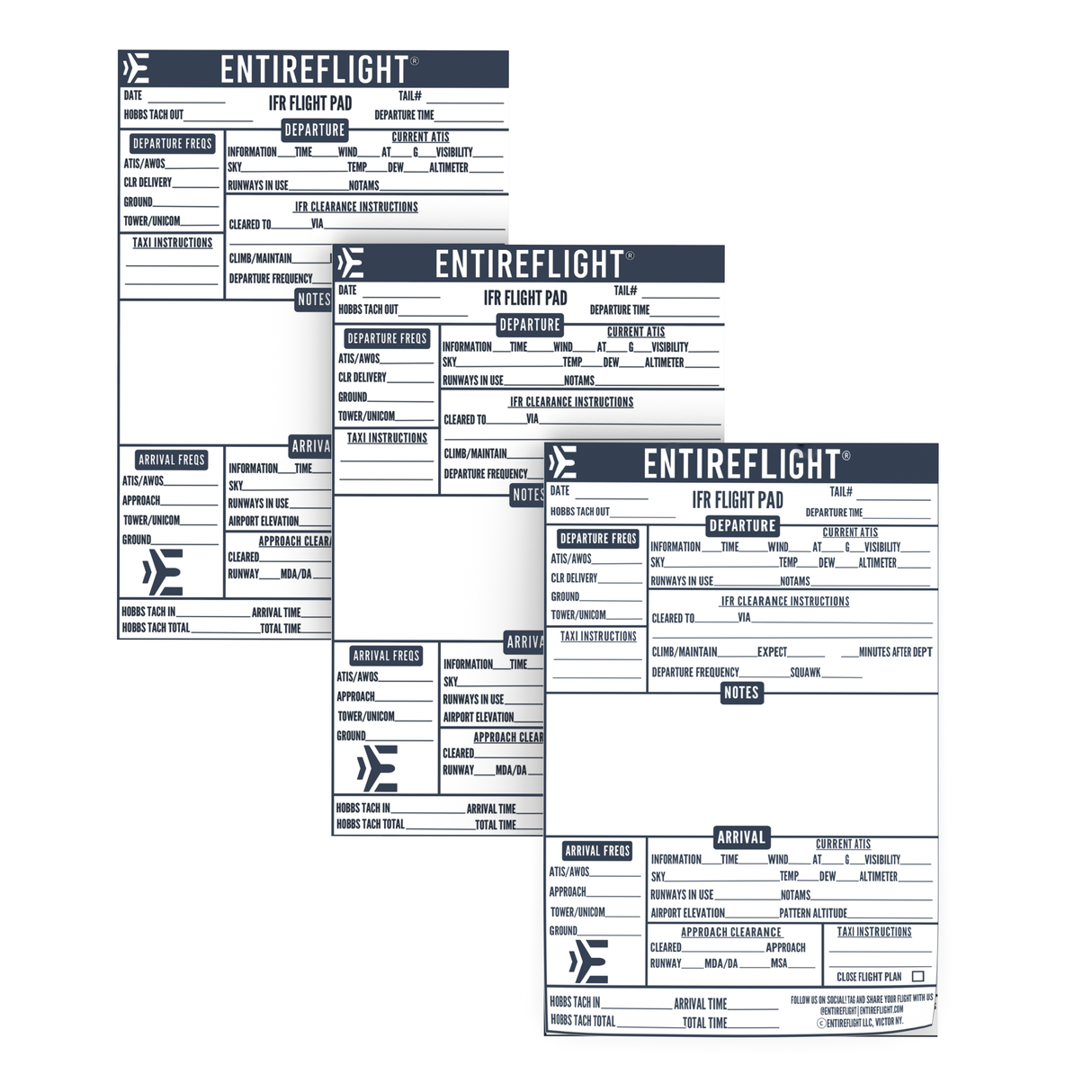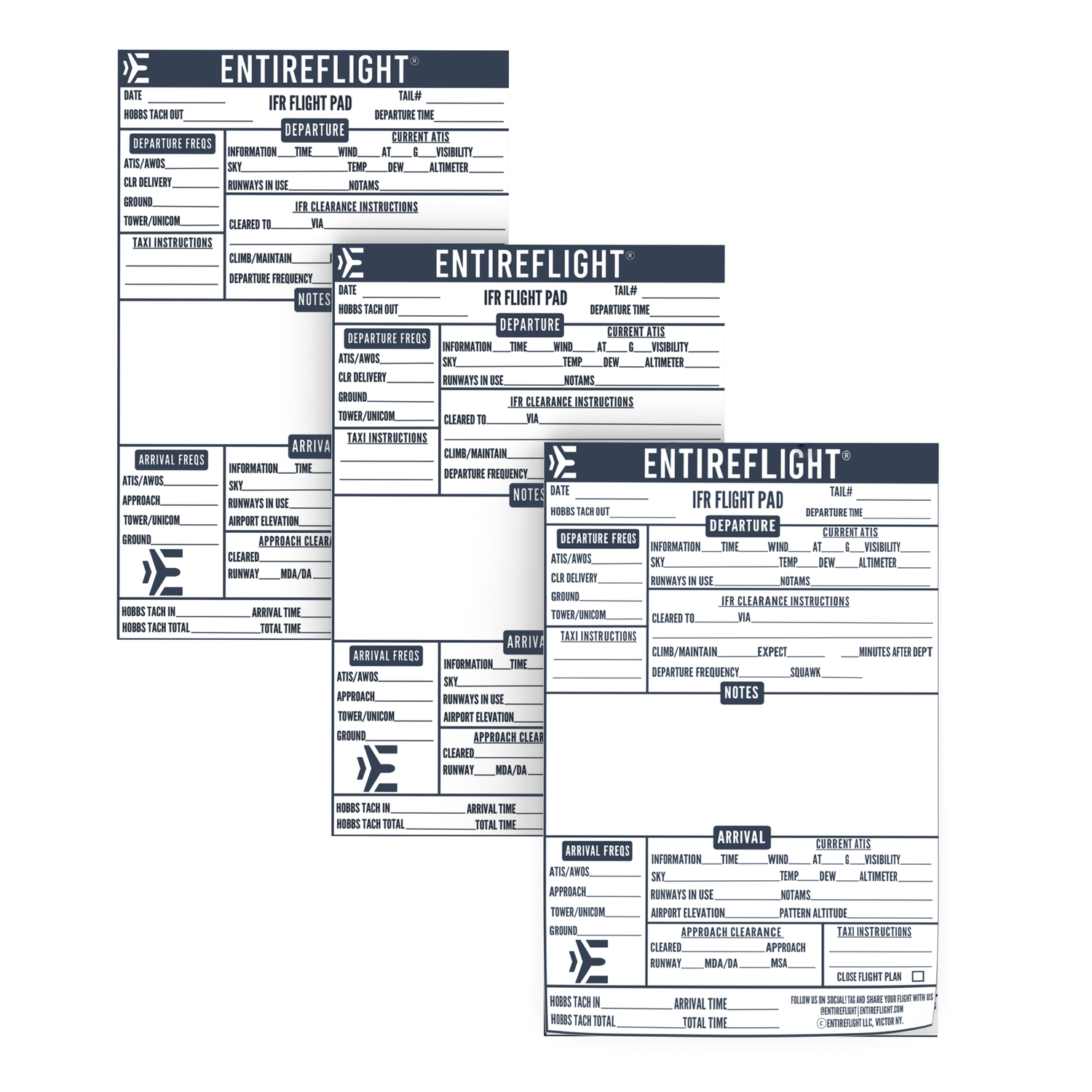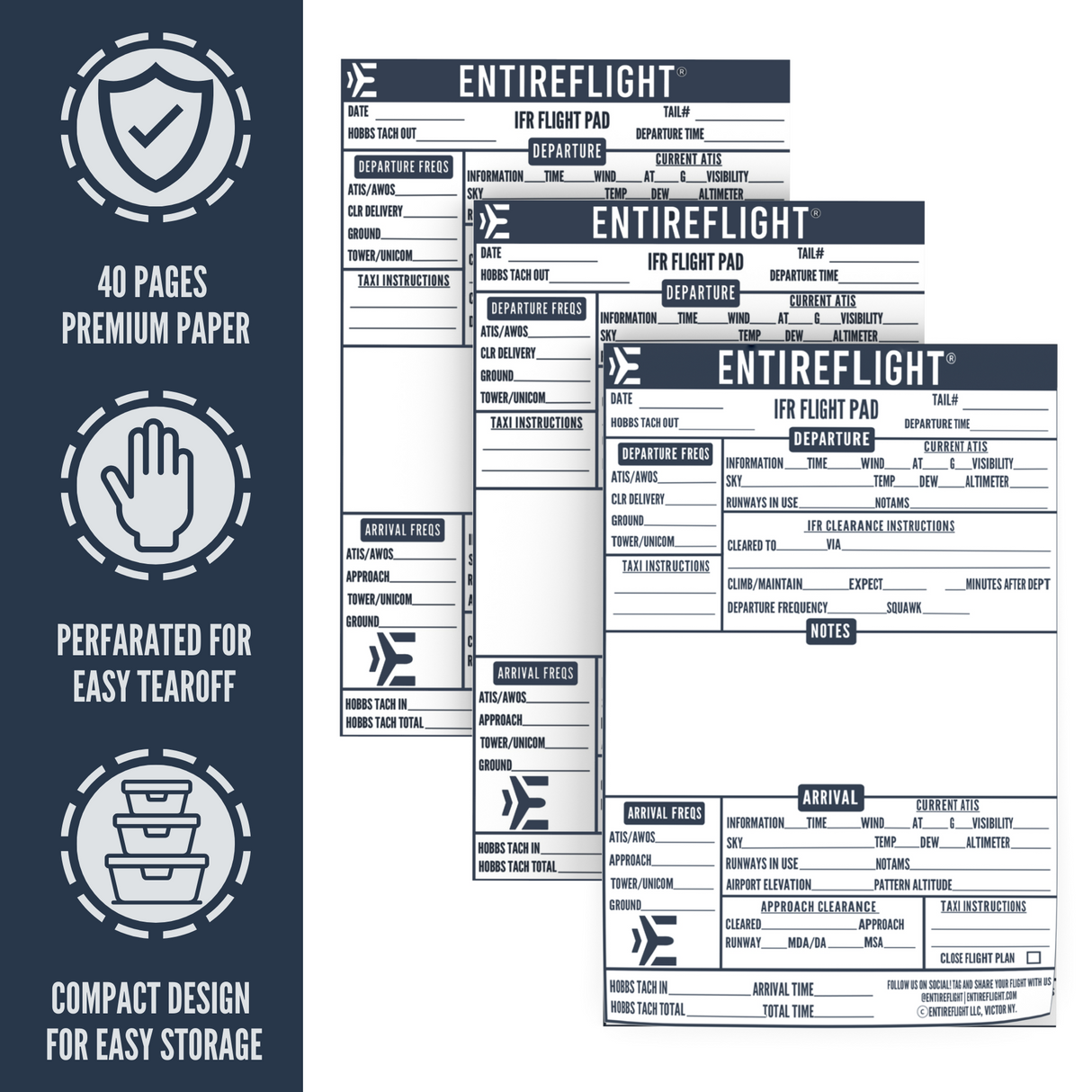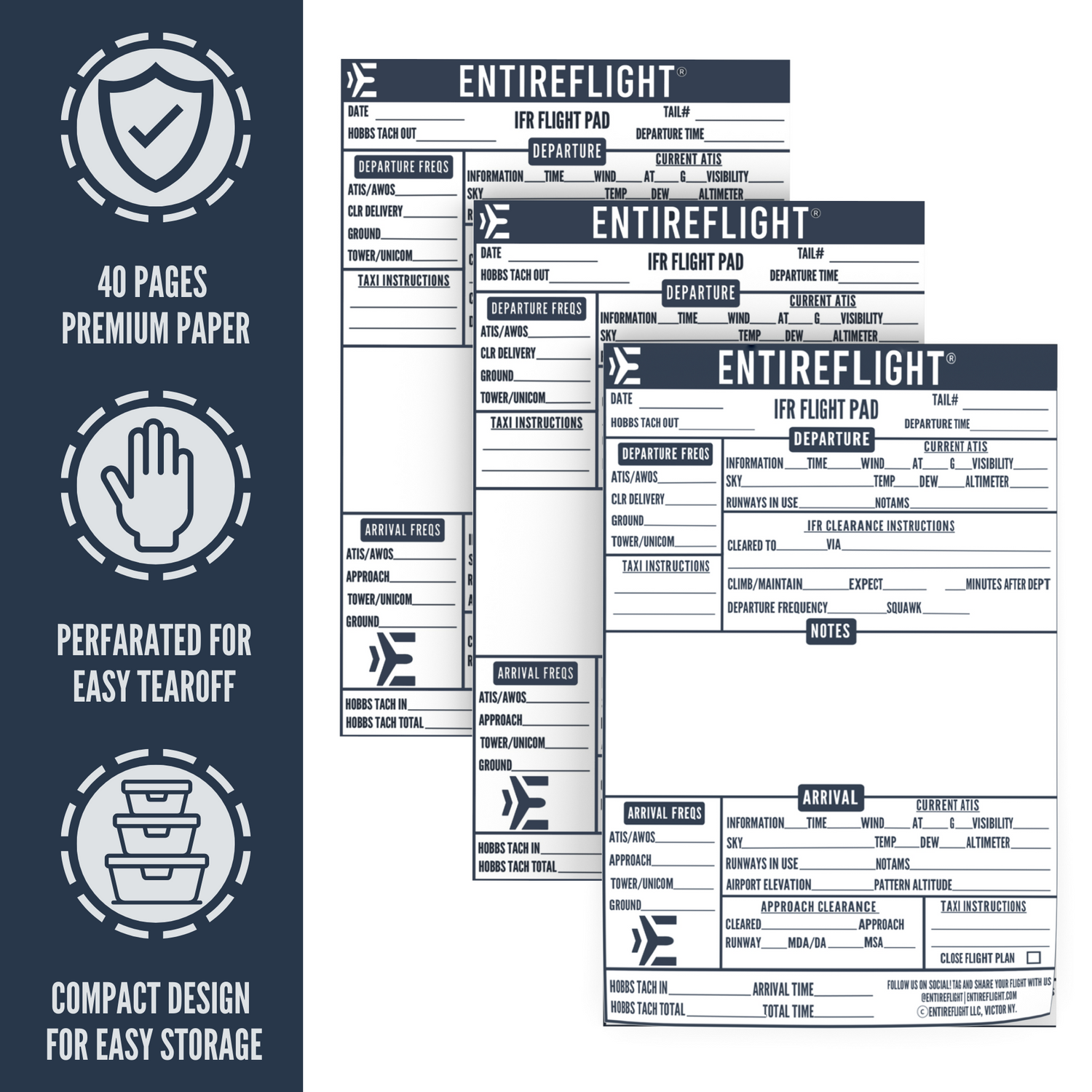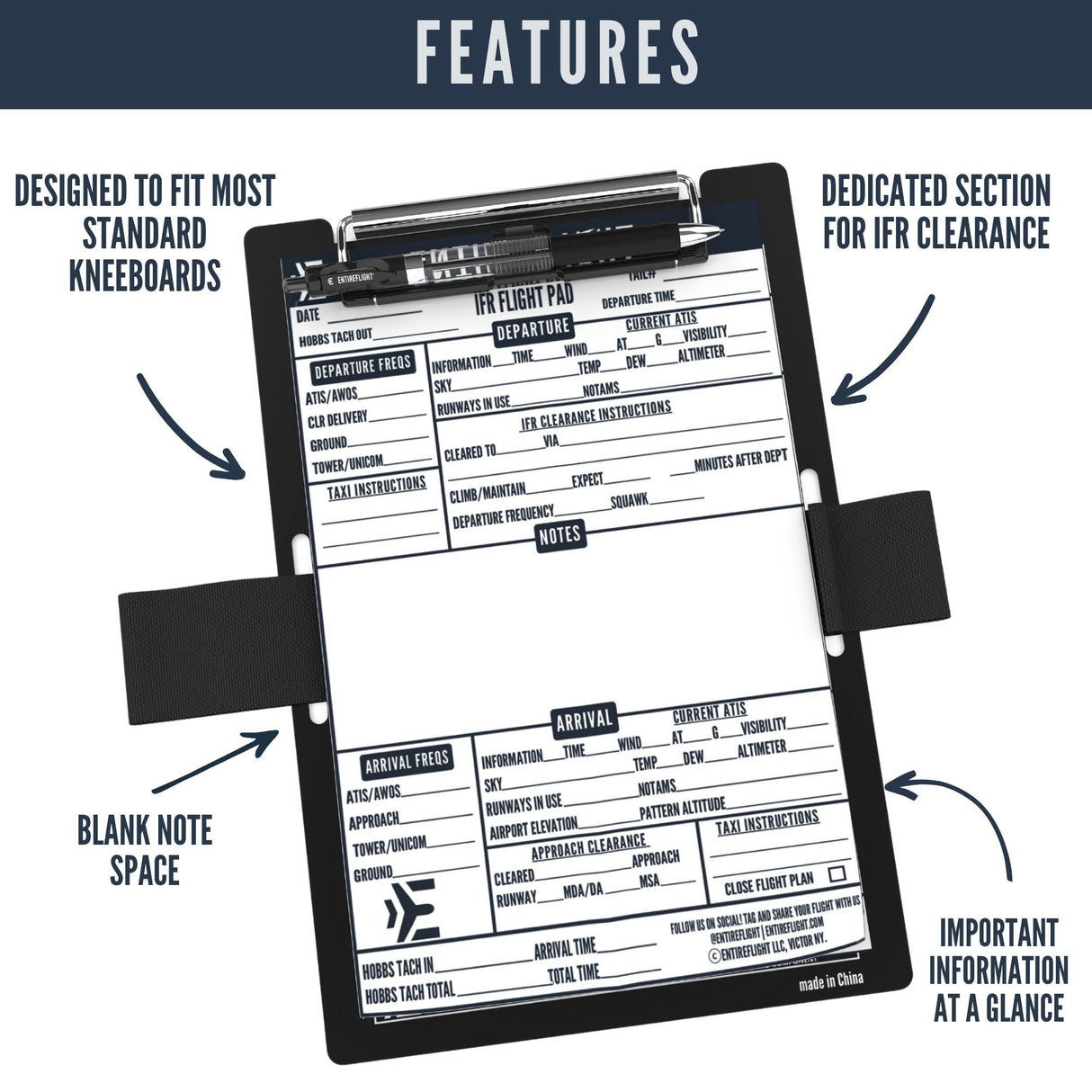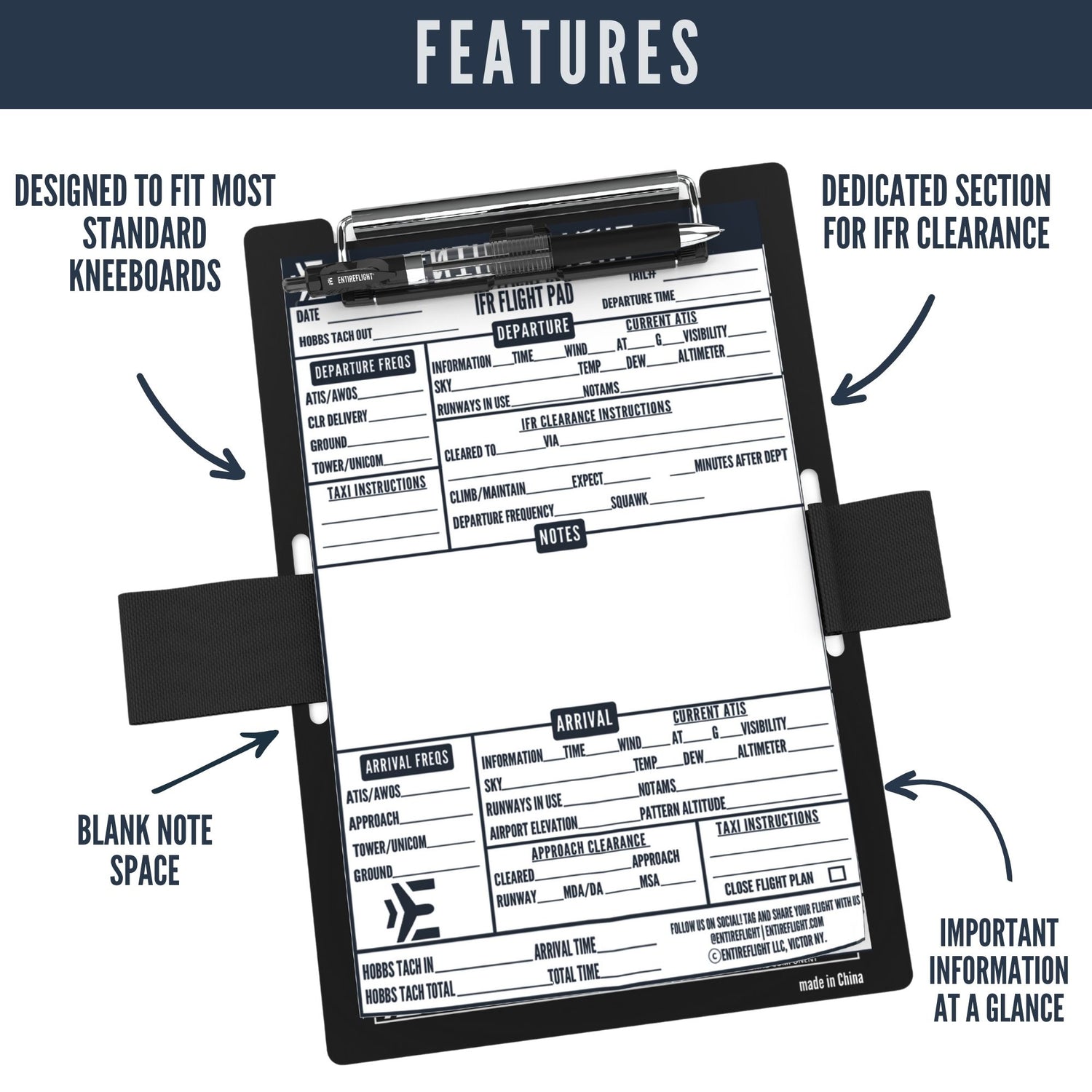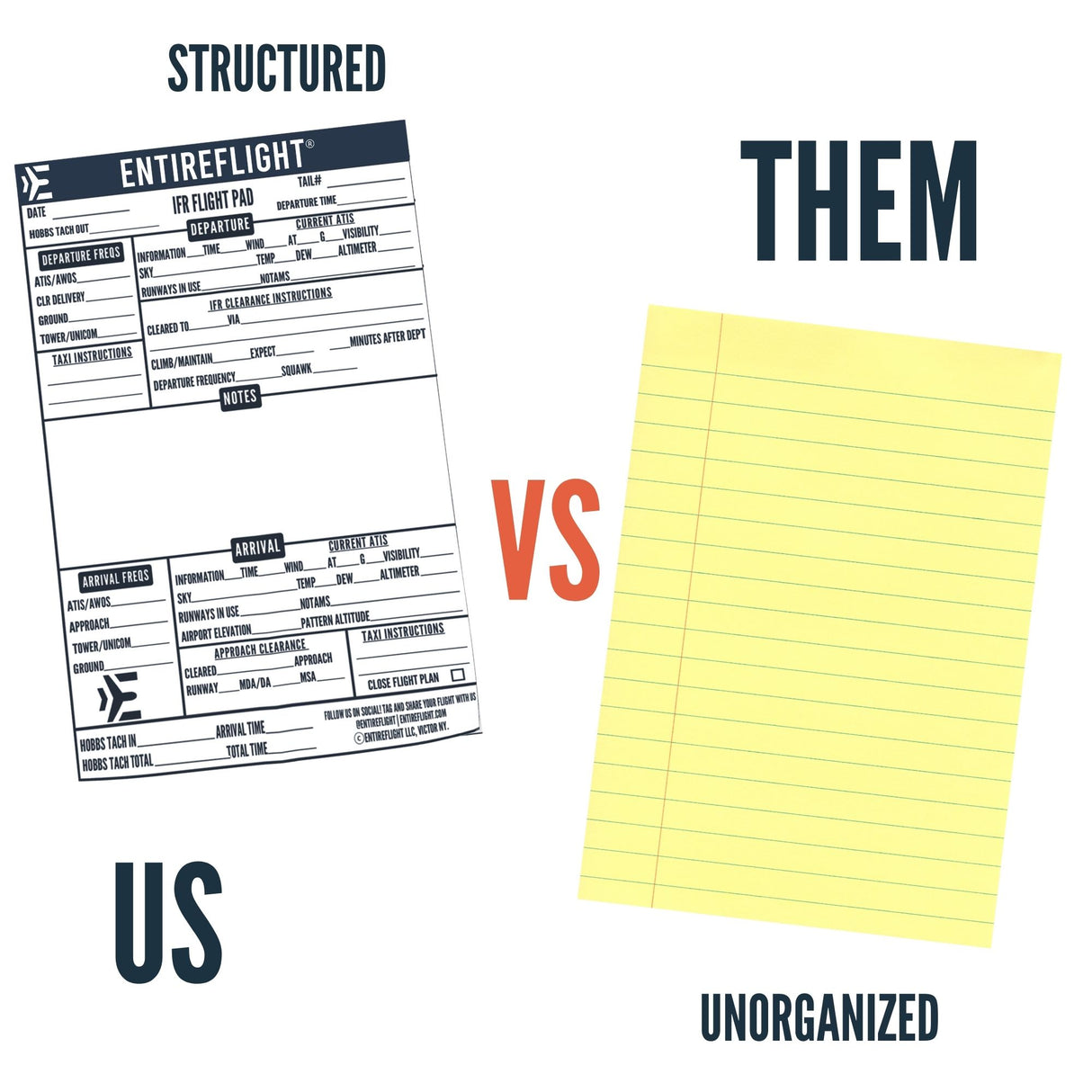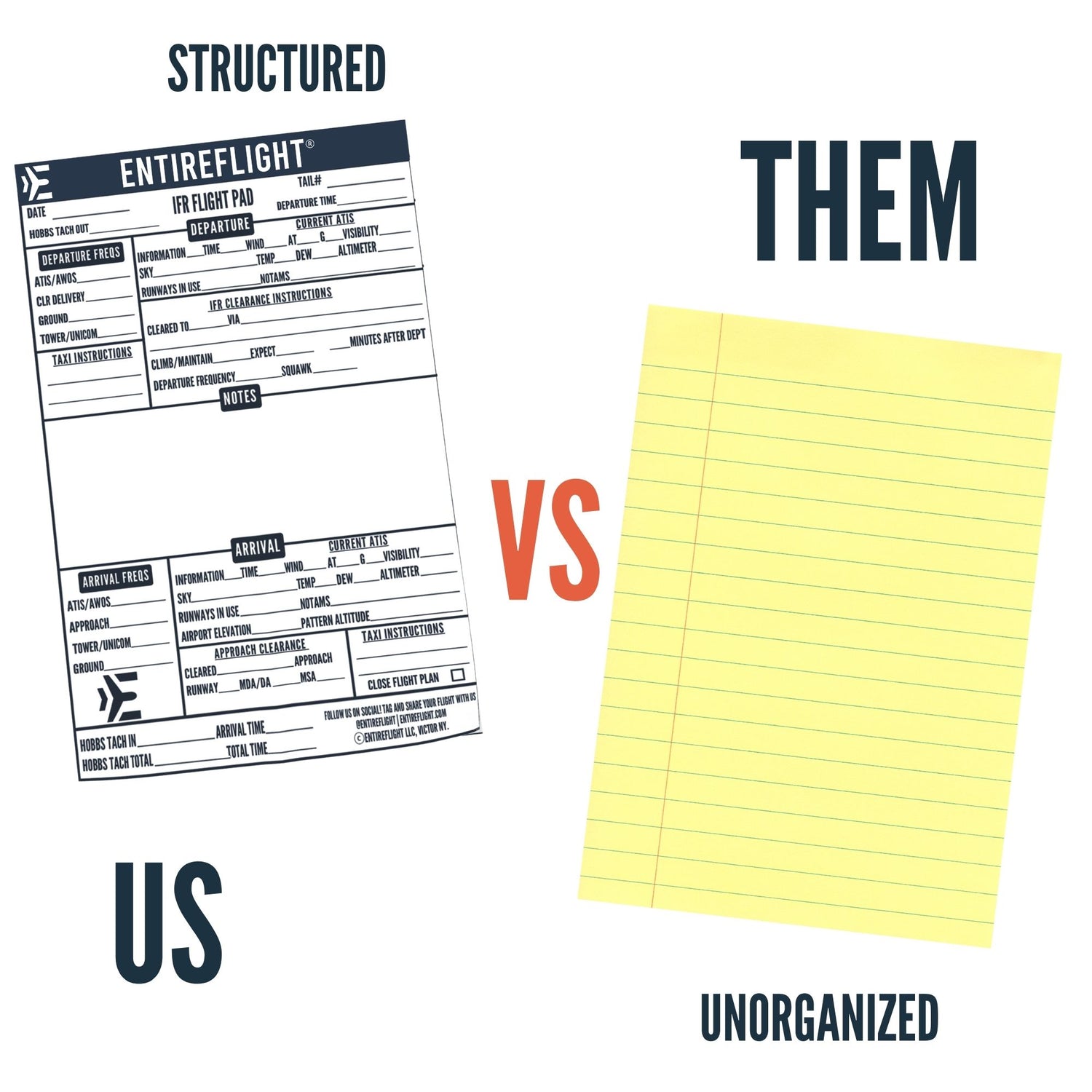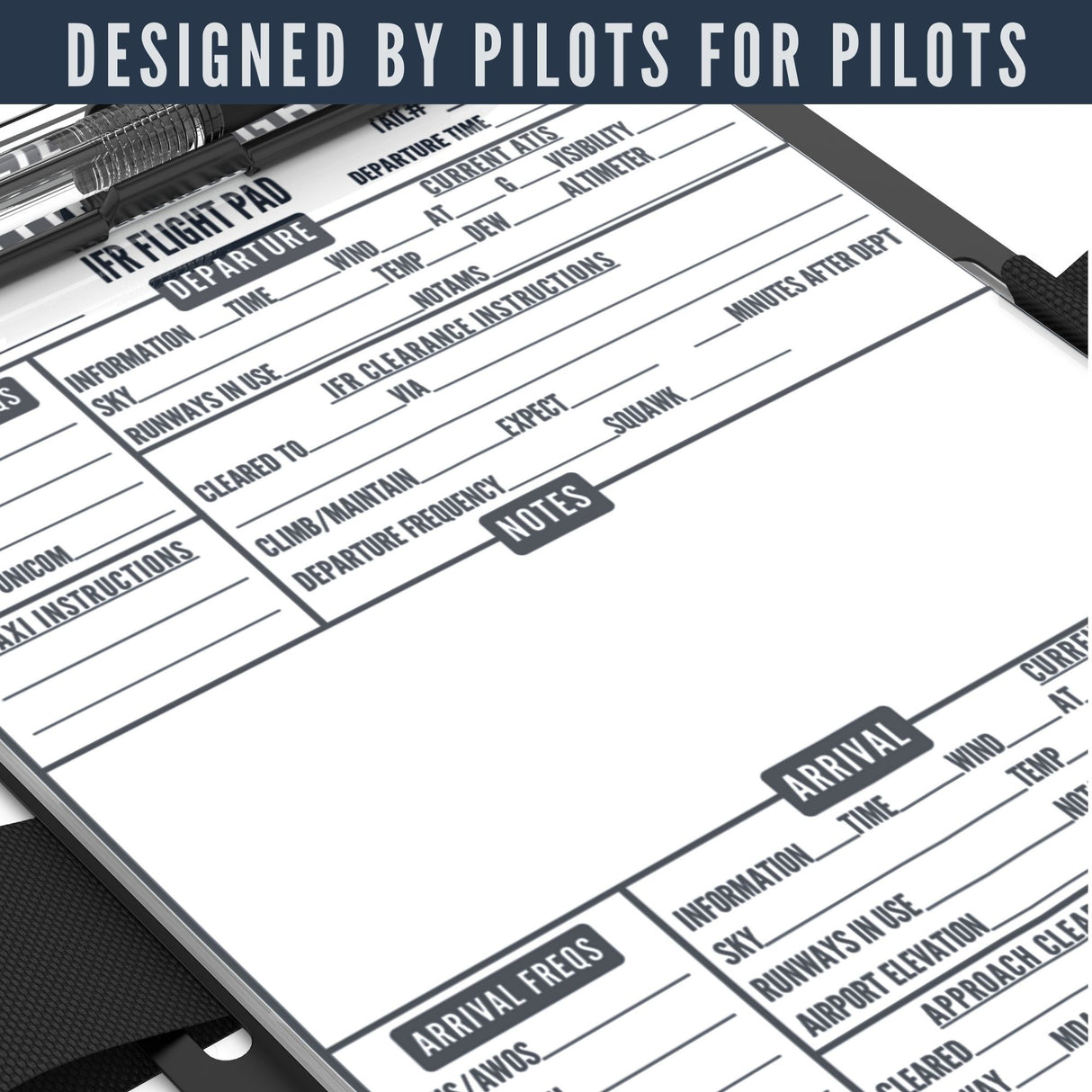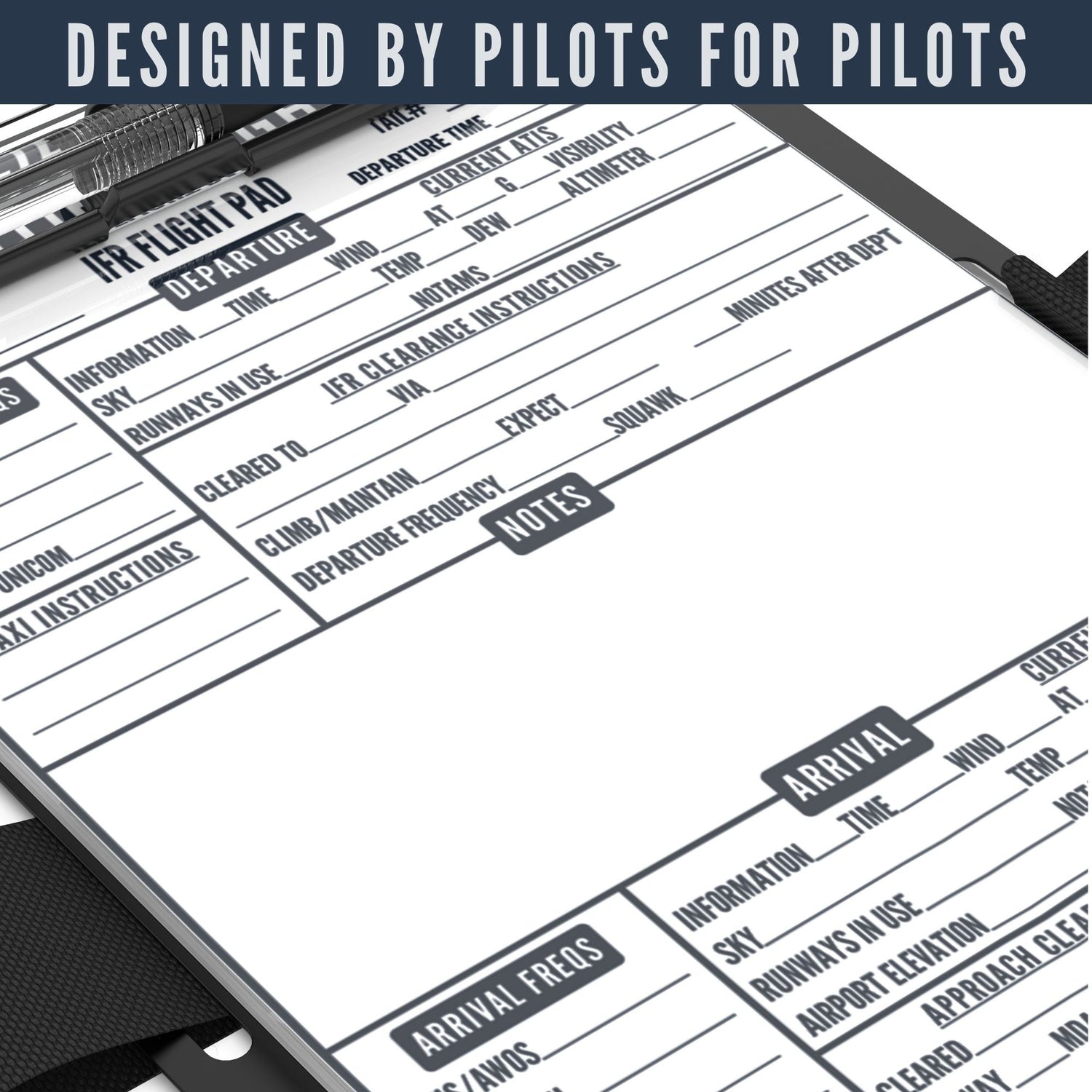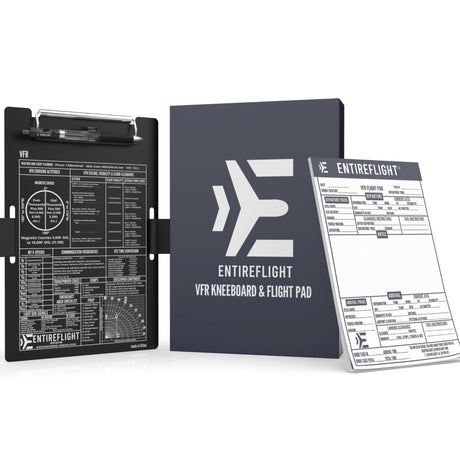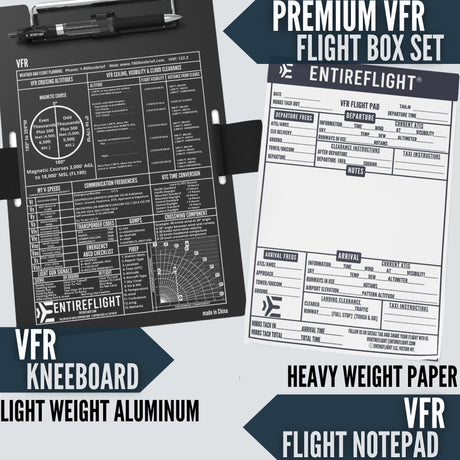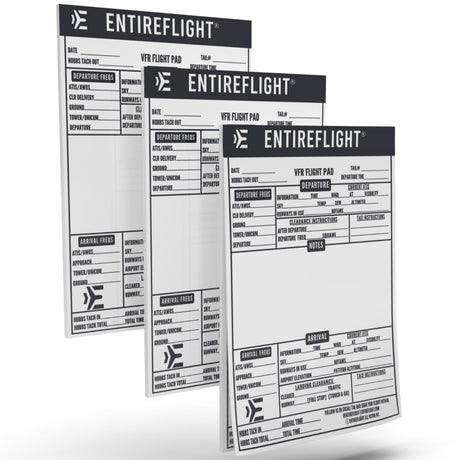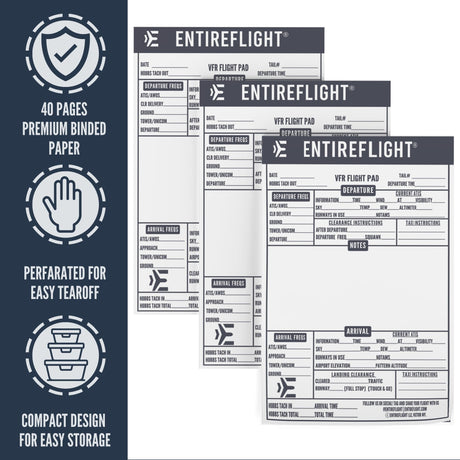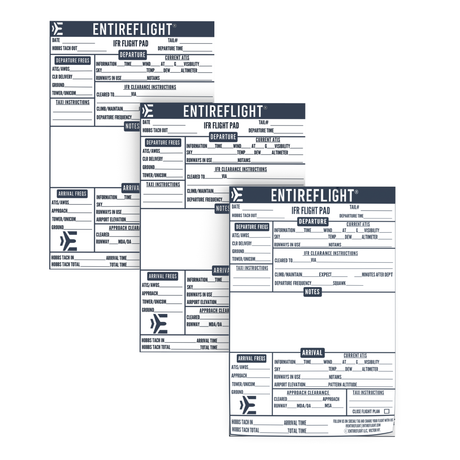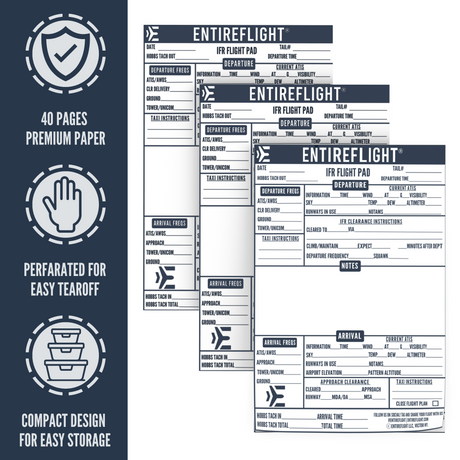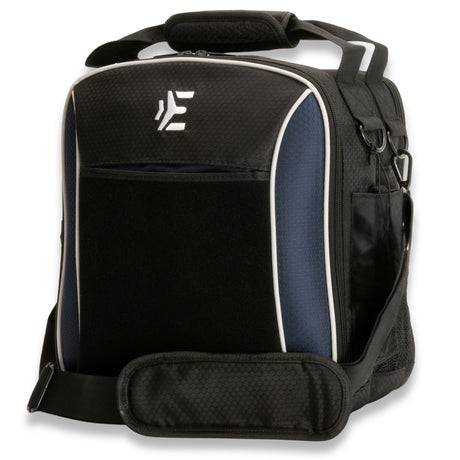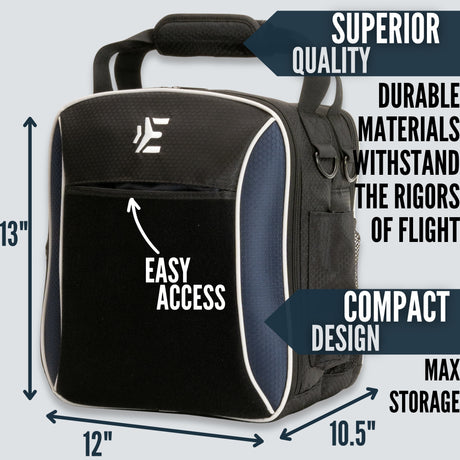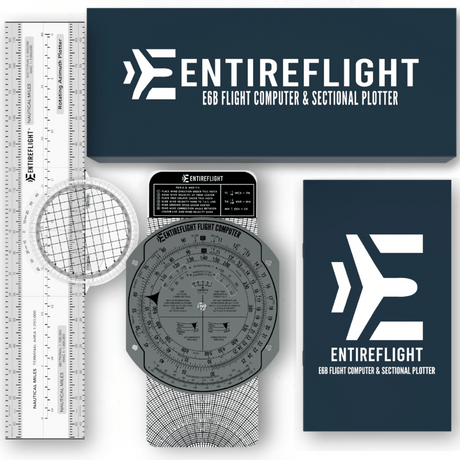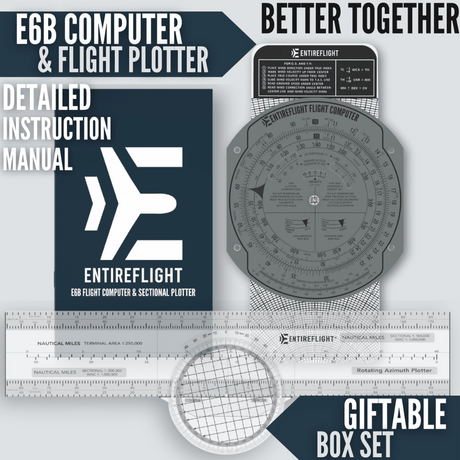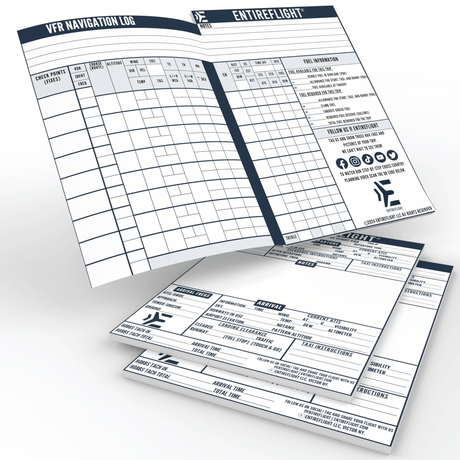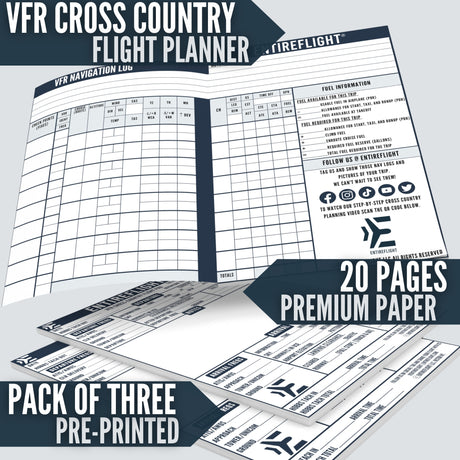If you're looking for a thrilling and unique way to experience flight, microlight and ultralight aircraft may be just what you're looking for. These small, lightweight aircraft offer a different perspective on flight, allowing you to soar through the sky with an unobstructed view of the world below.
Microlight aircraft typically weigh less than 450 kg and are designed to be flown by a single pilot. They are often used for recreational purposes, such as sightseeing and aerial photography, and can be flown at relatively low altitudes. Ultralight aircraft, on the other hand, are even lighter and simpler in design, often consisting of a frame, engine, and wing. They are typically used for sport flying and can be flown at higher altitudes.
Both microlight and ultralight aircraft offer a unique and thrilling flying experience that is different from flying in a larger, more traditional aircraft. With their lightweight design and unobstructed view, these aircraft allow you to truly feel like you're flying, rather than just being a passenger. Whether you're looking to take up a new hobby or just want to experience the freedom of flight, microlight and ultralight aircraft are definitely worth considering.
History of Microlight and Ultralight Aircraft
Microlight and ultralight aircraft are small, lightweight aircraft that are designed for recreational flying. The first microlight aircraft were developed in the 1970s, and they quickly became popular among aviation enthusiasts.
The first microlight aircraft were simple, lightweight machines that were powered by small engines. They were designed to be easy to fly and affordable, and they quickly gained a following among pilots who were looking for a more affordable way to fly.
Over time, microlight aircraft became more advanced, with better engines, more advanced avionics, and improved safety features. Today, there are many different types of microlight aircraft available, ranging from simple, open-cockpit machines to advanced, fully enclosed aircraft with sophisticated navigation systems.
Ultralight aircraft are a newer development in aviation, and they are designed to be even lighter and more affordable than microlight aircraft. Ultralights are typically powered by small engines or electric motors, and they are designed to be easy to fly and maneuver.
Like microlight aircraft, ultralights have become increasingly popular in recent years, and they are now used for a variety of purposes, including recreational flying, aerial photography, and even search and rescue operations.
Overall, microlight and ultralight aircraft have a rich history that spans several decades, and they continue to evolve and improve with each passing year. Whether you are a seasoned aviation enthusiast or a newcomer to the world of flying, these aircraft offer a unique and exciting way to experience the thrill of flight.
Types of Microlight and Ultralight Aircraft
When it comes to microlight and ultralight aircraft, there are three main types: fixed-wing, flex-wing, and rotary-wing. Each type has its own unique characteristics and advantages.
Fixed Wing
Fixed-wing microlight and ultralight aircraft are the most common type. They have a rigid wing that is fixed in place and provides lift. They come in a variety of shapes and sizes, from single-seat to two-seat models. They are generally easy to fly and offer good stability and control. Some popular fixed-wing models include the Quicksilver MX, the Flightstar, and the Kitfox.
Flex Wing
Flex-wing microlight and ultralight aircraft, also known as weight-shift control aircraft, have a flexible wing that is suspended from a trike or buggy. The pilot controls the aircraft by shifting their weight in the trike or buggy, which changes the angle of the wing and provides lift. Flex-wing aircraft are very maneuverable and offer a unique flying experience. Some popular flex-wing models include the Air Creation Tanarg, the P&M QuikR, and the North Wing Apache.
Rotary Wing
Rotary-wing microlight and ultralight aircraft, also known as gyroplanes or autogyros, have a rotor that provides lift, similar to a helicopter. However, unlike a helicopter, the rotor is not powered by an engine. Instead, it is spun by the wind as the aircraft moves forward. The engine powers a propeller that provides forward thrust. Rotary-wing aircraft are very stable and can take off and land in a very short distance. Some popular rotary-wing models include the AutoGyro Cavalon, the Magni M16, and the ELA Eclipse.
No matter which type of microlight or ultralight aircraft you choose, it is important to receive proper training and follow all safety guidelines to ensure a safe and enjoyable flying experience.
Design and Structure of Microlight and Ultralight Aircraft
Microlight and ultralight aircraft are designed to be lightweight and efficient, allowing for easy maneuverability and low-cost operation. The design and structure of these aircraft are optimized for speed, safety, and stability, making them an excellent choice for recreational flying.
Aerodynamics
The aerodynamics of microlight and ultralight aircraft are critical to their performance. These aircraft are designed with streamlined shapes that reduce drag and increase lift, allowing them to fly efficiently at low speeds.
Materials and Construction
The materials and construction of microlight and ultralight aircraft are also crucial to their performance. These aircraft are typically made from lightweight materials, such as aluminum or composite materials, which reduces their weight and improves their maneuverability. The construction of these aircraft is also optimized for safety, with reinforced frames and secure fastenings to ensure that the aircraft remains stable and secure during flight.
Engine and Propulsion Systems
The engine and propulsion systems of microlight and ultralight aircraft are designed to be efficient and reliable. These aircraft typically use small, lightweight engines that provide sufficient power to allow the aircraft to take off and fly at low speeds. The propulsion systems of these aircraft are also designed to be efficient, with propellers that are optimized for low-speed flight and minimal noise.
Operation and Control of Microlight and Ultralight Aircraft
Microlight and ultralight aircraft are small, lightweight planes that are designed for recreational flying. These aircraft are easy to operate and control, making them a popular choice for hobbyists and enthusiasts.
Pilot Training
Before you can operate a microlight or ultralight aircraft, you must undergo proper training. This training includes both ground instruction and flight training. During ground instruction, you will learn about the different components of the aircraft, how to read instruments, and how to perform safety checks. Flight training will teach you how to take off, fly, and land the aircraft.
Navigation
Navigation is an important aspect of flying a microlight or ultralight aircraft. You will need to be able to read aeronautical charts, use a GPS, and understand airspace rules and regulations. It is important to plan your flight carefully and to always be aware of your surroundings.
Safety Measures
Safety is a top priority when operating a microlight or ultralight aircraft. Before every flight, you should perform a thorough pre-flight inspection to ensure that the aircraft is in good condition. You should also wear appropriate safety gear, such as a helmet and a parachute. It is important to follow all safety procedures and to be aware of potential hazards, such as inclement weather or other aircraft in the area.
Regulations and Standards
Microlight and ultralight aircraft are regulated by various aviation authorities around the world. These regulations ensure that aircraft are designed, built, and operated safely. It is important to understand the regulations and standards that apply to your aircraft before operating it.
Licensing
In most countries, pilots of microlight and ultralight aircraft are required to hold a license. The requirements for obtaining a license vary by country, but typically involve a combination of ground school and flight training. Pilots must demonstrate their knowledge of aviation regulations, aerodynamics, and aircraft systems, as well as their ability to safely operate the aircraft.
Airworthiness
Microlight and ultralight aircraft must meet certain airworthiness standards before they can be operated. These standards ensure that the aircraft is structurally sound, and its systems are safe and reliable. In many countries, aircraft must be certified by an aviation authority before they can be operated. The certification process involves a thorough inspection of the aircraft, including its design, construction, and systems.
It is important to note that regulations and standards can vary by country, and it is the responsibility of the pilot to ensure that they are complying with all applicable regulations. Failure to comply with regulations can result in fines, license revocation, or even criminal charges.
Applications of Microlight and Ultralight Aircraft
Microlight and ultralight aircraft are small and lightweight aircraft used for various purposes. Here are some of the applications of microlight and ultralight aircraft.
Recreational Use
Microlight and ultralight aircraft are popular among recreational pilots who enjoy flying for leisure. These aircraft are relatively inexpensive to own and operate, making them accessible to a wider range of people. Pilots can use microlights and ultralights for sightseeing, aerial photography, and other recreational activities.
Commercial Use
Microlight and ultralight aircraft are also used for commercial purposes. For example, these aircraft can be used for crop dusting, pipeline inspection, and surveying. They are also used for search and rescue operations in remote areas where larger aircraft cannot operate.
Scientific Research
Microlight and ultralight aircraft are used for scientific research in various fields. For example, they are used for wildlife surveys, atmospheric research, and geological surveys. These aircraft can fly at low altitudes and slow speeds, allowing researchers to collect data with greater accuracy.
Future Trends in Microlight and Ultralight Aircraft
As technology continues to evolve, so do the designs and capabilities of microlight and ultralight aircraft. Here are a few trends to keep an eye on in the coming years:
Electric Power
As electric power becomes more efficient and lightweight, we can expect to see more microlight and ultralight aircraft powered by electric motors. This will not only reduce emissions but also reduce noise pollution, making these aircraft more environmentally friendly and more acceptable to fly in residential areas.
Advanced Materials
New materials like carbon fiber and composites are making aircraft lighter and stronger than ever before. As these materials become more affordable, we can expect to see more microlight and ultralight aircraft built with these advanced materials, resulting in even better performance and fuel efficiency.
Increased Automation
Advancements in automation technology are making it easier for pilots to fly microlight and ultralight aircraft. For example, autopilot systems can help with navigation and control, while collision avoidance systems can help prevent accidents. As these technologies become more affordable, we can expect to see more microlight and ultralight aircraft equipped with these safety features.
Vertical Takeoff and Landing (VTOL)
Vertical takeoff and landing (VTOL) technology is already being used in larger aircraft like helicopters and drones. In the future, we may see more microlight and ultralight aircraft equipped with VTOL capabilities, allowing them to take off and land in smaller spaces and making them more versatile for a wider range of uses.
Conclusion
As we conclude this in-depth exploration of microlight and ultralight aircraft, we hope you've gained valuable insights into the world of lightweight aviation. Whether you're a seasoned pilot or a curious enthusiast, understanding the nuances of these aircraft is essential. Remember that each has its unique strengths and applications, making them an exciting part of the aviation landscape. Ultimately, the choice between microlight and ultralight comes down to your individual preferences and mission requirements.
So, with a newfound wealth of knowledge at your disposal, take to the skies and enjoy the exhilarating experience of microlight and ultralight flying. Safe travels and blue skies ahead!
Frequently Asked Questions
1 - What is the difference between a microlight and an ultralight?
Microlights and ultralights are both small, lightweight aircraft designed for recreational use. The main difference between the two is their weight and performance. Microlights typically weigh less than 450 kg and have a maximum speed of 100 mph, while ultralights can weigh up to 600 kg and can reach speeds of up to 120 mph.
2 - How much does a microlight cost?
The cost of a microlight can vary depending on the specific make and model, but they generally range from $10,000 to $50,000. Some more advanced models can cost upwards of $100,000.
3 - What are some ultralight aircraft manufacturers?
Some popular ultralight aircraft manufacturers include Airborne Australia, Kolb Aircraft Company, Quicksilver Aircraft, and P&M Aviation.

